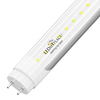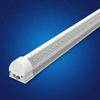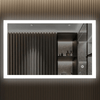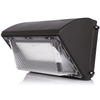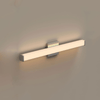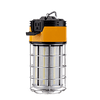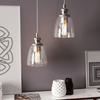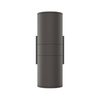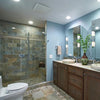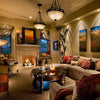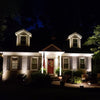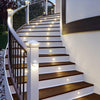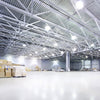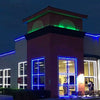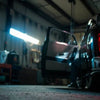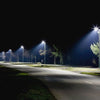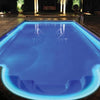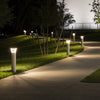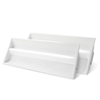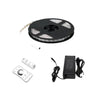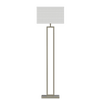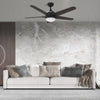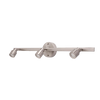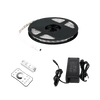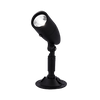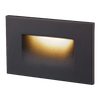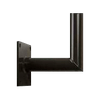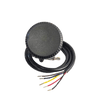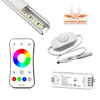In the current times when access to the internet has become so common, receiving information on any lighting product has become also easy. And, so when you come to think of the latest-in-innovation, it’s just one light fixture that immediately comes to mind -- LED Tube Lights -- more than any other LED lighting fixture. But, how do you actually go about deciding what kind of LED tube is just right for you, like what wattage, color temperature or ballast option in it you must go with in order to achieve the best possible outcome?
For the reason mentioned in the above lines, we discuss here some significant aspects, while keeping fluorescent tube lights in retrospective comparison.
LED Tubes -- What Options You Must Consider?
Before we get into what kind of wattage or CCT you must consider, it becomes important to mention that you must first get the photometric analysis done for your application as that will give you an idea of whether your application is fit for LED tube lights or any other lighting fixture. In some industrial or commercial buildings where it would be advisable to go for a completely new installation than a retrofitting project, you might consider installing LED integrated tubes as that will be a non-cumbersome installation project and at times less expensive too.
Luminous Efficacy
Instead of just focusing on wattage or a total number of lumens emitted by LED tube, it’s always advisable to consider the luminous efficacy which can be calculated by knowing both the wattage and lumen output. And, then comparing it with the lumen efficacy of fluorescent tubes will provide you an idea which is a better lighting fixture to consider. For instance, a 40W LED tube of 8ft size can emit up to 5800 lumens, whereas a fluorescent tube can emit only 2400 lumens at 40W -- nearly 2-3 times less. So, we can safely conclude that a 40W 8ft LED tube can replace an 8ft fluorescent tube of up to 80W.

Correlated Color Temperature (CCT) and Directional Lighting
While most fluorescent tubes come only in CCTs of 3000K or at the most 4000K, you have LED tubes available in CCTs of 4000K, 5000K and 6500K and that means more options when you have both white and bluish hues than just yellow and white. These CCTs are suitable for retail, office or home environment. LED tube for such reason is also widely used in malls and airports. To add to this, LED tubes also cast their light beam with a certain beam angle -- mostly 220 degrees -- that’s great for general purpose lighting and wide area lighting. The light is directional unlike the omnidirectional light emitted by fluorescent tubes when you also need reflectors to direct light to a certain area.
Ballast Options
When retrofitting a fluorescent tube, wrong type of LED tube can cause premature failure of the ballast and this is why you must carefully consider this option. There are three possibilities - ballast-compatible LED tubes, ballast- bypass LED tubes, and hybrid LED tubes (when these LED tubes can work both with and without the ballast). You may like to go for ballast-bypass option as that would bring maximum savings in energy without the presence of any ballast and when the ballast would have been power-sipping.
Conclusion
Though the above are just a few options when choosing LED tubes for your next lighting project (small or big), are nevertheless the most important ones that can not be ignored by any means. You must also pay attention to the fact that LED tubes do not just bring significant energy-savings to bring you not just a reduced energy-bill but a low maintenance cost too. And, this is because these tubes work through an internal driver for maximum operational effectiveness and reliability, even when these tubes are allowed to operate for 24 hours a day.



